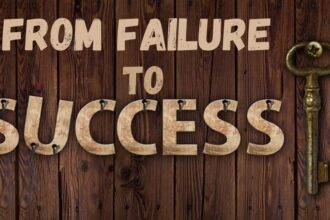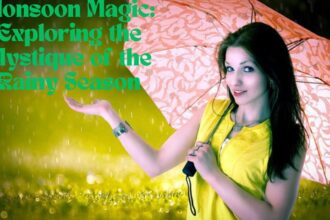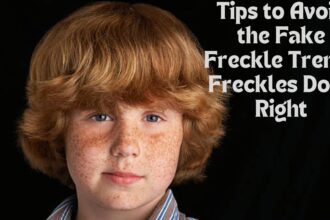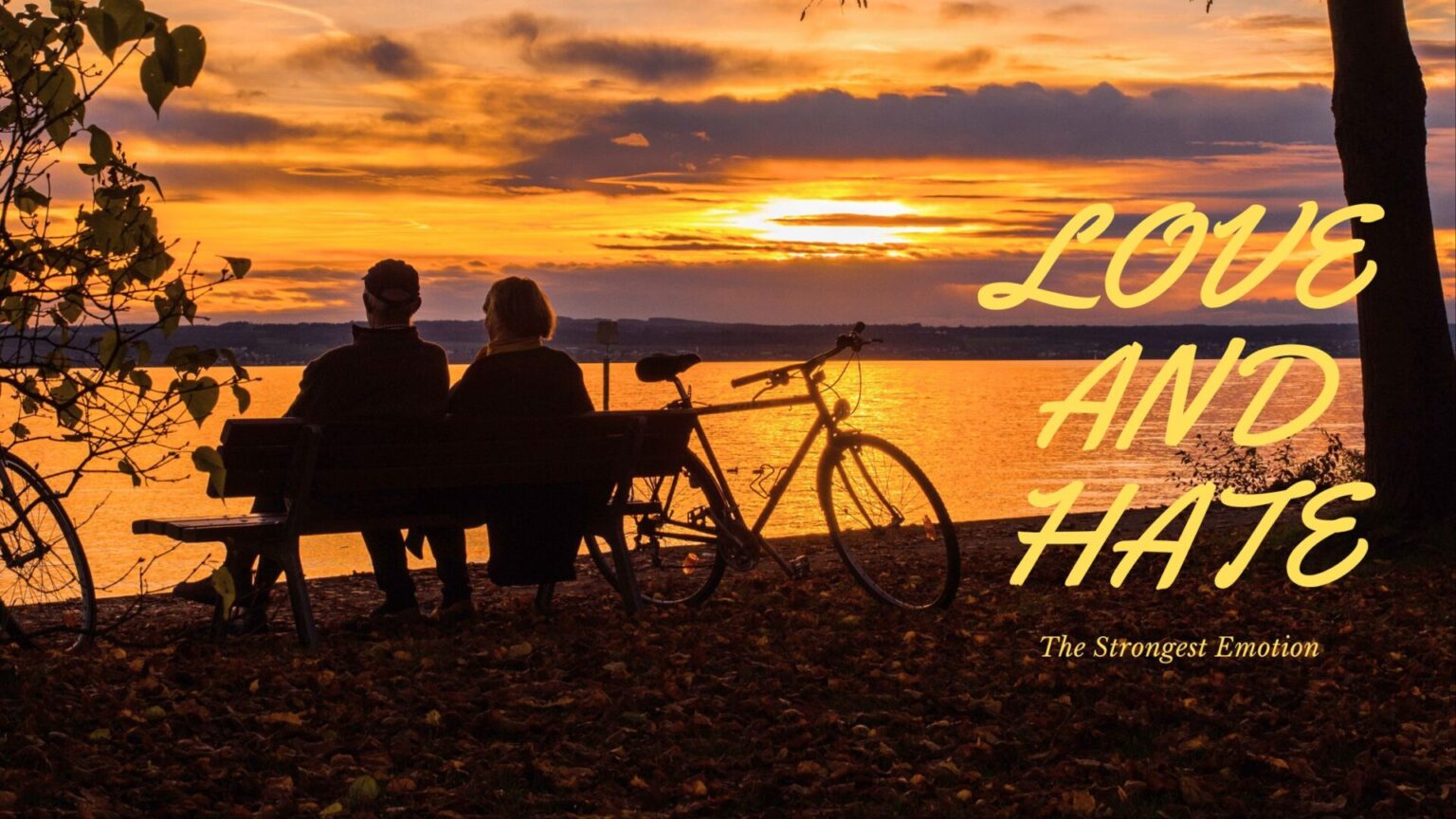Introduction:
Love and Hate: Unveiling the Strongest Emotion
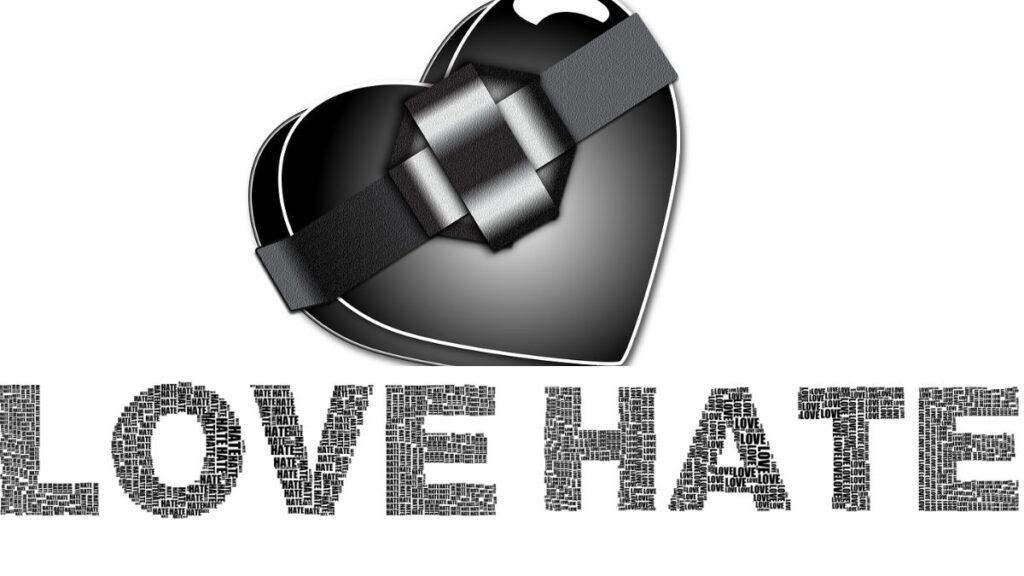
Love and hate are two of the most powerful and complex emotions that humans experience. They often seem diametrically opposed, yet both have the capacity to drive individuals to extreme actions. Exploring the depths of these emotions reveals a fascinating interplay between passion, psychology, and societal influence.
love and hate
Understanding the dynamics of love and hate can provide profound insights into human behavior, relationships, and even societal structures. In this article, we delve into the intricacies of love and hate, examining their similarities, differences, and the profound impact they have on individuals and societies.
What is Love?
Love is often described as a deep affection or attachment towards someone or something. It encompasses a spectrum of emotions, ranging from tenderness and compassion to intense desire and passion. Love can be directed towards romantic partners, family members, friends, pets, or even abstract concepts like one’s country or ideology.
Psychologically, love is associated with feelings of security, happiness, and fulfillment. It can foster empathy, cooperation, and altruism, leading individuals to prioritize the well-being of their loved ones over their own.
What is Hate?
Hate is a strong feeling of hostility, animosity, or aversion towards someone or something. It often arises from negative experiences, perceived threats, or ideological differences. Hate can manifest in various forms, including resentment, anger, prejudice, or even violence.
Psychologically, hate is fueled by fear, anger, and a sense of injustice or superiority. It can lead individuals to dehumanize or demonize others, justifying harmful actions or discrimination.
By understanding the underlying mechanisms and dynamics of love and hate, we can strive to cultivate empathy, compassion, and mutual understanding, fostering healthier relationships and more harmonious societies. Ultimately, the choice between love and hate lies within each of us, and it is through conscious effort and introspection that we can nurture the former and transcend the latter.
Is it good or bad to resort to hate to find love?
Resorting to hate to find love is generally not a healthy or constructive approach. Hate is a negative and harmful emotion that can lead to a range of negative consequences for both the person experiencing it and those around them. Attempting to find love through hate may result in hurting oneself and others, creating a toxic environment, and ultimately hindering the development of genuine and meaningful connections.
Love and hate are fundamentally different emotions with distinct consequences. Love fosters compassion, understanding, and empathy, while hate fuels animosity, conflict, and division. Choosing love as the foundation for seeking meaningful relationships and understanding others is more likely to lead to positive and fulfilling experiences in life. It’s essential to promote love, kindness, and open-mindedness in our pursuit of meaningful connections rather than resorting to hate as a means to an end.
Love is more powerful than hate. How can you explain this feeling?
The belief that love is more powerful than hate is a widely held perspective, and it is rooted in the profound impact that love has on individuals and societies. Here are some key reasons that help explain why love is often considered more powerful:
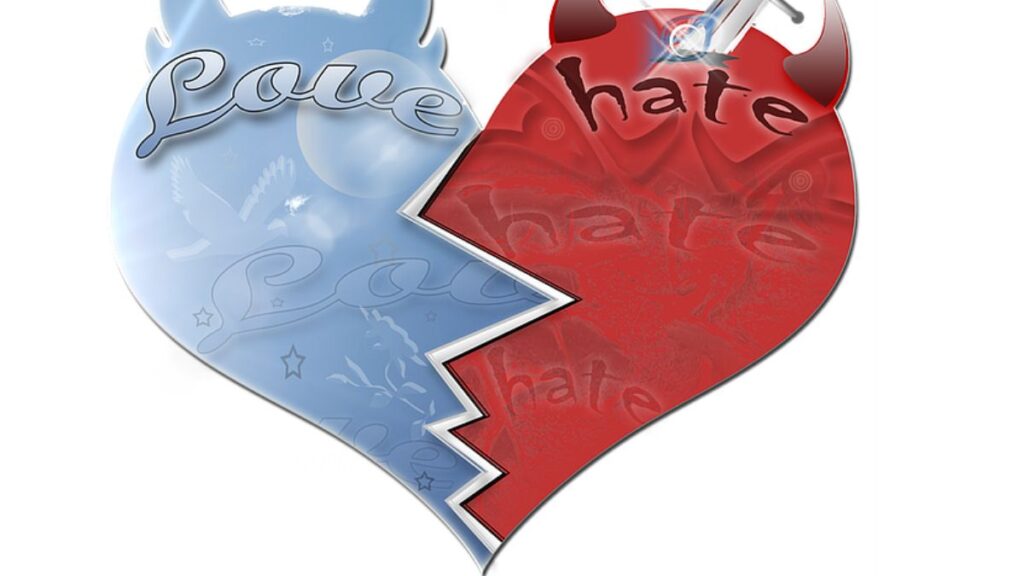
- Healing and Empathy: Love has the ability to heal emotional wounds and foster empathy in people. When we experience love, it creates a sense of belonging, acceptance, and support, which can help individuals overcome traumas and emotional challenges.
- Unity and Connection: Love has the power to unite people and forge strong connections between individuals and communities. It encourages cooperation, understanding, and a sense of collective purpose, which can lead to positive changes on a broader scale.
- Positive Emotional State: Love promotes positive emotions, such as happiness, joy, and contentment. These emotions can contribute to a healthier mental and emotional state, leading to increased resilience in facing life’s challenges.
- Altruism and Compassion: Love often inspires selflessness and compassion towards others. Acts of kindness and helping others are expressions of love, and they can create a ripple effect, inspiring more positive actions and fostering a more caring society.
- Longevity of Relationships: Love is essential for forming strong and long-lasting relationships, whether they are romantic, familial, or friendships. It provides a foundation of trust and emotional support that can withstand the test of time.
- Overcoming Hate: Love has the capacity to neutralize hate. Acts of love and understanding can help de-escalate conflicts and promote reconciliation between individuals or groups with conflicting interests.
- Personal Growth: Love encourages personal growth and development. When we feel loved and supported, we are more likely to take risks, pursue our passions, and become better versions of ourselves.
- Inspiration and Creativity: Love can be a powerful source of inspiration and creativity. Many works of art, literature, and music have been born out of profound love, expressing its depth and complexity.
While hate can be intense and destructive in its own right, love is often seen as the more potent force because of its ability to build and uplift individuals and societies. It fosters a sense of purpose, belonging, and harmony that can profoundly shape our lives for the better. However, it’s important to note that the power of love should not be taken for granted; it requires effort, understanding, and genuine care to truly manifest its positive potential.
Conclusion:
Love and hate are complex and multifaceted emotions that shape our relationships, behaviors, and societies in profound ways. While they may seem diametrically opposed, they often coexist within individuals and societies, influencing our perceptions, attitudes, and actions.
FAQs about Love:
- Is love a choice or a feeling? Love is often considered both a feeling and a choice. While initial feelings of attraction may be involuntary, choosing to nurture and sustain those feelings through actions and commitment is a conscious decision.
- Can love turn into hate? Although love and hate are often seen as opposites, they can sometimes coexist or transition into one another. Factors such as betrayal, resentment, or prolonged conflict can erode feelings of love and give rise to hate.
- What are the different types of love? Psychologist Robert Sternberg proposed the Triangular Theory of Love, which identifies three components of love: intimacy, passion, and commitment. Combining these components in various ways gives rise to different types of love, such as romantic love, companionate love, and consummate love.
References about Love:
- Sternberg, R. J. (1986). A triangular theory of love. Psychological Review, 93(2), 119–135.
- Hatfield, E., & Rapson, R. L. (1993). Love, sex, and intimacy: Their psychology, biology, and history. HarperCollins.
- Berscheid, E., & Walster, E. H. (1978). Interpersonal attraction (2nd ed.). Addison-Wesley.
FAQs about Hate:
- What causes hate? Hate can be triggered by a variety of factors, including perceived threats to one’s safety or identity, past traumas, ideological differences, or social conditioning. In some cases, hate may also be a response to feelings of powerlessness or insecurity.
- Can hate be overcome? Overcoming hate often requires introspection, empathy, and a willingness to challenge one’s own biases and prejudices. Interactions with the object of hate that humanize them, as well as education and exposure to diverse perspectives, can also help mitigate feelings of hate.
- How does hate affect society? Hate can have profound social consequences, fueling discrimination, conflict, and even violence. It can contribute to the perpetuation of social injustices, marginalization of certain groups, and erosion of trust and cohesion within communities.
References about Hate:
- Allport, G. W. (1954). The nature of prejudice. Addison-Wesley.
- Staub, E. (2005). The psychology of good and evil: Why children, adults, and groups help and harm others. Cambridge University Press.
- Levin, S., & van Laar, C. (2006). Group status and attributions to discrimination: Are low- or high-status group members more likely to blame their failure on discrimination? Journal of Experimental Social Psychology, 42(4), 532–540.

